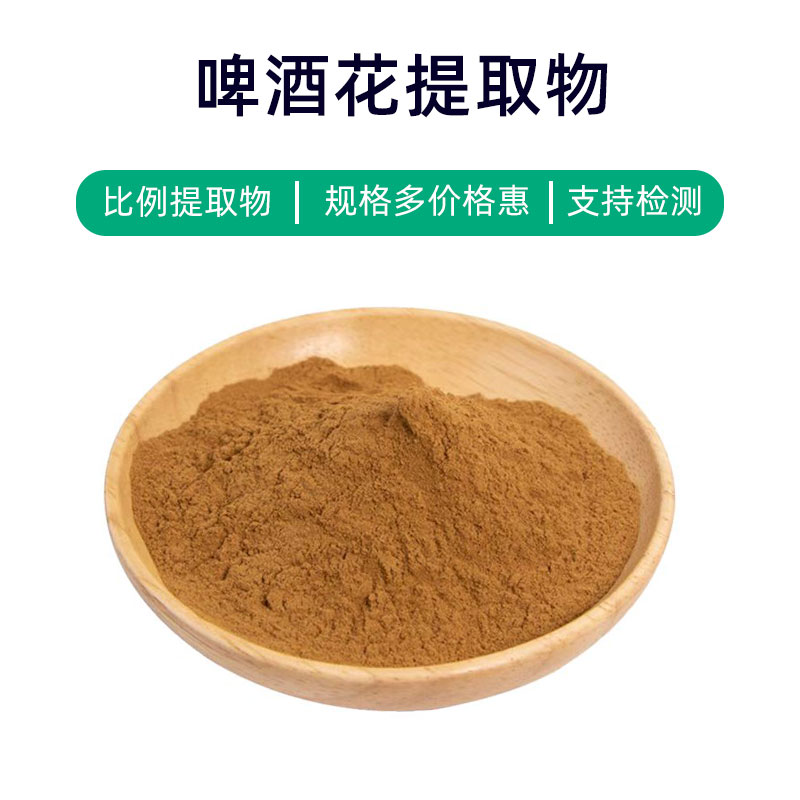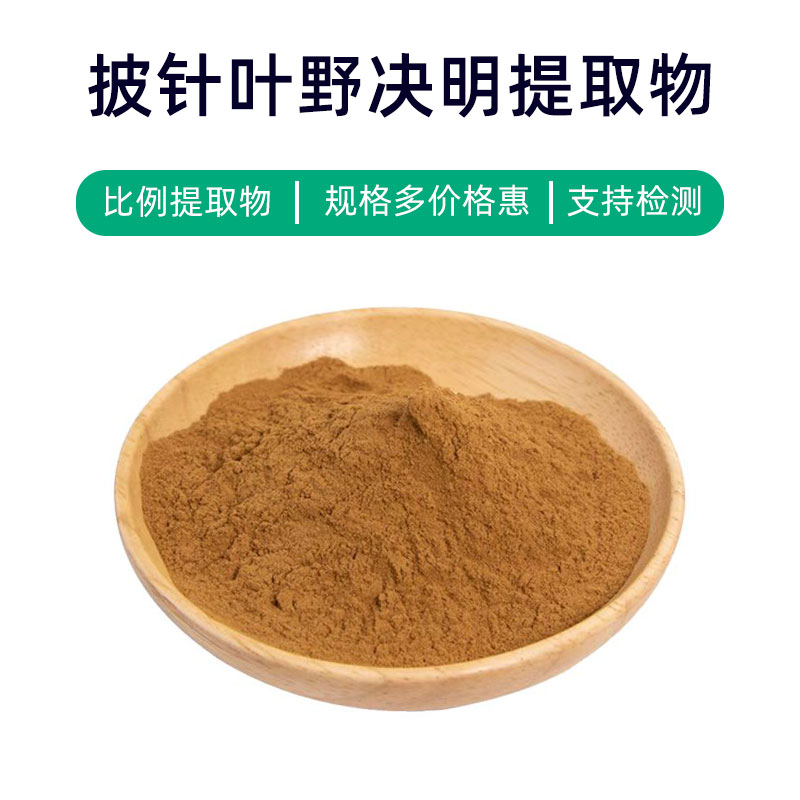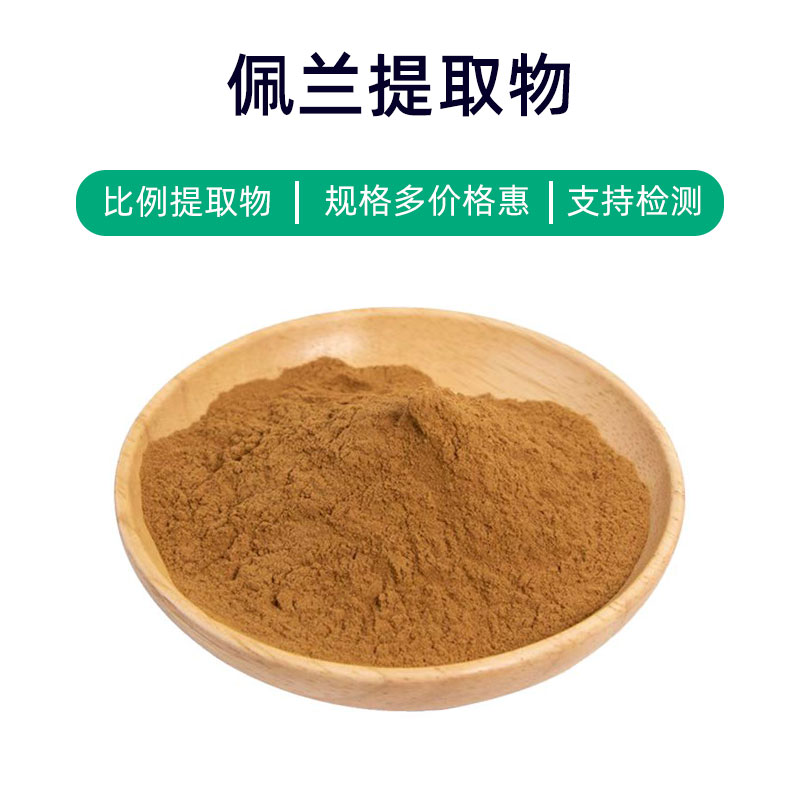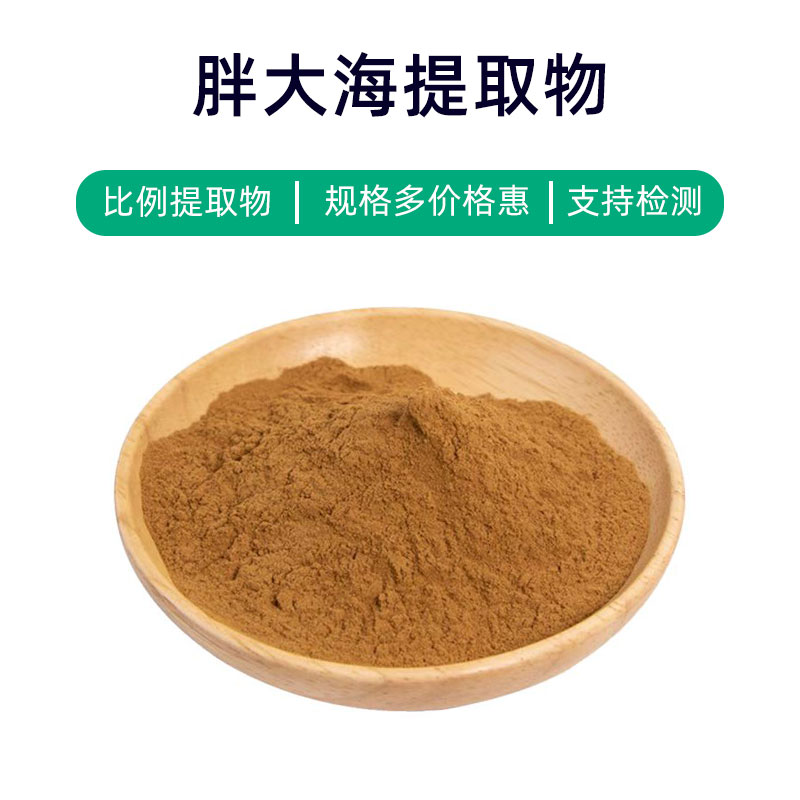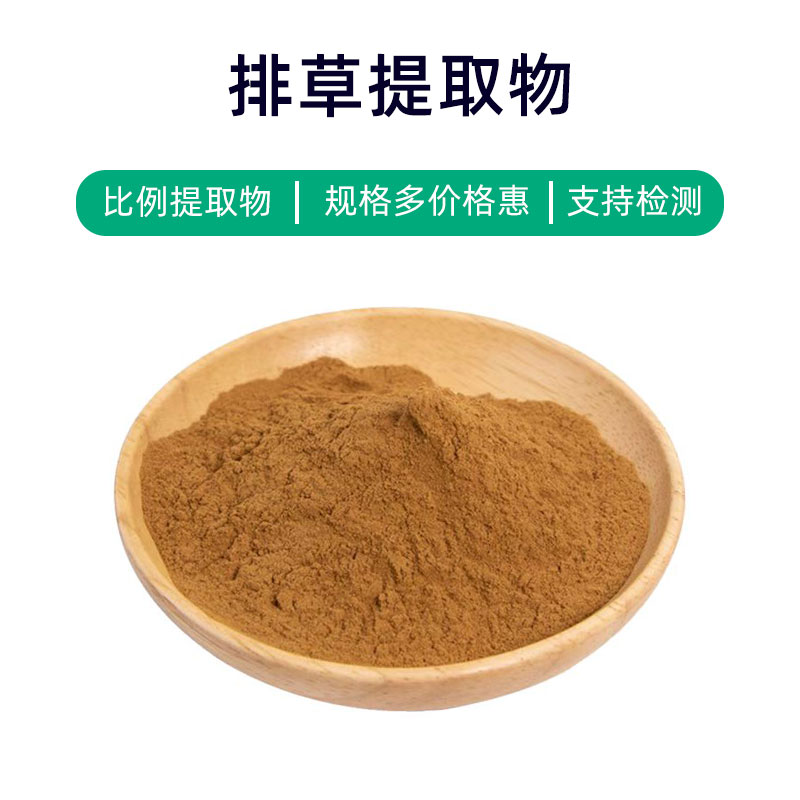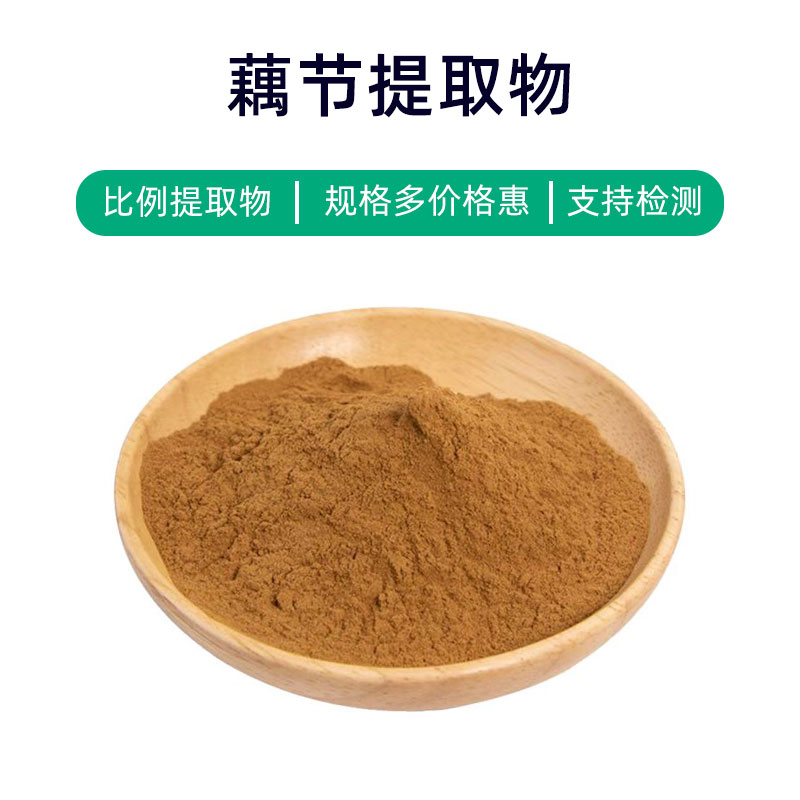Rhodiola Extract Product Introduction
Rhodiola Extract is a natural plant extract derived from the Rhodiola rosea plant. Its main components include phenylethanol compounds, flavonoids, tannins, alkaloids, and other active ingredients. These components are known for their anti-fatigue, antioxidant, and immune-boosting effects. In the pharmaceutical field, Rhodiola Extract is widely used to prepare various health products and medications aimed at improving the body’s resistance to fatigue, enhancing immunity, and promoting health. In health supplements, it is often used as an ingredient for functional products designed to alleviate fatigue, enhance physical strength, and regulate mood. In the food sector, Rhodiola Extract is incorporated into functional foods such as health teas and beverages to provide benefits like fatigue relief and strength enhancement. In cosmetics, it is commonly added to skincare products for its antioxidant, anti-aging, and skin-brightening effects, making it popular in skincare and beauty products. Overall, Rhodiola Extract is valuable in medicine, health supplements, food, and cosmetics due to its rich active ingredients and multiple beneficial effects.
Rhodiola Extract Production Process
The production process of Rhodiola Extract typically includes the following steps:
- Raw Material Preparation: High-quality Rhodiola rosea plants are selected for extraction to ensure the quality and purity of the plant. Generally, the roots or above-ground parts of the plant are used for extraction.
- Cleaning and Treatment: The collected Rhodiola rosea plants are cleaned and processed to remove impurities, soil, and microorganisms attached to the plant's surface.
- Crushing and Grinding: The cleaned Rhodiola rosea plants are crushed or ground to facilitate the extraction of active ingredients. Mechanical crushing or ultrasonic methods are commonly used.
- Solvent Extraction: The crushed Rhodiola rosea plants are extracted using suitable solvents (such as ethanol or water) to dissolve the active components into the solvent.
- Concentrating Extracted Liquid: The obtained solution is concentrated, typically using vacuum evaporation or spray drying to remove excess solvent and produce a concentrated Rhodiola extract.
- Filtration and Purification: The concentrated solution is filtered and purified to remove suspended particles, impurities, and microorganisms, ensuring the purity and quality of the product.
- Freeze-Drying: The purified Rhodiola extract is freeze-dried to convert it into a powder form for easy storage and transportation, while maintaining the stability of its active ingredients.
- Packaging and Storage: The dried Rhodiola extract is packaged, usually in sealed containers, to avoid exposure to oxygen and moisture, maintaining its stability and potency. It should be stored in a cool, dry environment, away from direct sunlight.
The above outlines a typical production process for Rhodiola extract, with strict controls required at each step to ensure product quality and safety.
Efficacy and Side Effects of Rhodiola Extract
As an herbal plant extract, Rhodiola Extract has extensive applications in both traditional and modern medicine. Its primary effects and functions include:
- Anti-Inflammatory Effects: Rhodiola Extract contains various bioactive components, demonstrating significant anti-inflammatory properties, useful in treating inflammatory diseases such as rheumatoid arthritis and skin inflammation.
- Antioxidant Effects: The natural antioxidants in Rhodiola Extract help eliminate free radicals in the body, reducing oxidative stress, which may help prevent and delay aging.
- Immune Regulation: Rhodiola Extract can modulate immune system function, enhancing the body's resistance and immunity, contributing to the prevention of infectious diseases.
- Liver Protection: Rhodiola Extract provides protective effects for the liver, alleviating liver damage, promoting the repair and regeneration of liver cells, and having therapeutic effects on liver diseases like hepatitis and fatty liver.
- Heart Health Improvement: The active components in Rhodiola Extract can reduce blood lipids, lower blood pressure, and possess anti-thrombotic effects, improving cardiovascular function and preventing cardiovascular diseases.
- Anti-Tumor Effects: Some studies indicate that certain components in Rhodiola Extract have anti-tumor activity, inhibiting tumor cell growth and spread, and providing auxiliary therapeutic effects for certain cancers.
- Memory Improvement: Some active components in Rhodiola Extract have memory-enhancing and neuroprotective effects, useful in managing dementia and cognitive function disorders.
- Anti-Depressive Effects: Rhodiola Extract exhibits certain anti-depressive properties, regulating nerve system function, relieving emotional stress, and improving mental health.
Generally regarded as safe, Rhodiola Extract is a natural herbal extract, but individual differences and potential allergic reactions should be considered. It is advisable to consult a doctor or pharmacist before use to avoid side effects.
Application Scenarios and Dosage of Rhodiola Extract
Rhodiola Extract has widespread applications in pharmaceuticals, food, and cosmetics. Here are the key applications, uses, and dosages:
- Applications in Medicine:
- Rheumatoid Arthritis Treatment: Rhodiola Extract may be applied externally as a patch or taken as oral capsules, generally 3 times a day at 3 grams each, for treating inflammatory joint diseases like rheumatoid arthritis.
- Skin Inflammation Treatment: It can be formulated into topical ointments, sprays, or washes used daily on affected areas to help alleviate skin inflammation, redness, and itching.
- Applications in Food:
- Nutritional Supplements: Rhodiola Extract can be used to prepare nutritional health products, such as oral liquids, capsules, or tablets, taken in appropriate amounts daily to enhance immunity and regulate body function.
- Beverage Additive: It can be added to beverages as an ingredient, offering detoxification and antioxidant benefits, enhancing the health aspects of the drink.
- Applications in Cosmetics:
- Skincare Products: Rhodiola Extract can be found in skincare items, such as masks, creams, or lotions, providing moisturizing, anti-inflammatory, and antioxidant benefits, helping to improve skin texture and soothe sensitive skin.
- Hair Care Products: It's useful in shampoos and conditioners, nourishing hair and improving scalp conditions, with users advised to massage the scalp and hair gently before rinsing off thoroughly.
The dosage of Rhodiola Extract should be based on the specific product formula and manufacturing process; it is generally recommended to use under the guidance of a doctor or professional, adhering to the usage instructions provided in the product manual or on the medication label. Users should avoid excess consumption, especially for oral medications, following prescribed dosages closely.
Introduction to the Source Plant of Rhodiola Extract: Distribution and Growing Environment
Rhodiola crenulata, also known as Rhodiola or Arctic root, belongs to the Crassulaceae family and is a perennial herb. The following are details about the source plant:
- Plant Introduction:
- Rhodiola is a perennial herb that grows in high-altitude cold regions, with upright stems measuring about 10-30 centimeters in height. The leaves are fleshy, linear, or oval, with wavy edges and a glossy surface.
- The stems, leaves, and roots of the plant all possess medicinal value, with the roots being the most prized.
- Distribution:
- Rhodiola primarily grows in the Himalayan mountain range and its eastern and western regions, as well as in areas of China’s southwest, such as Tibet, Qinghai, Gansu, Sichuan, and Yunnan.
- Growing Environment:
- Rhodiola prefers to thrive at altitudes of 3,000-5,000 meters, commonly found in alpine meadows, alpine marshes, rocky slopes, and crevices in rocks.
- The climate in its growing environment is typically cold, with long winters and mild summers, characterized by ample sunlight, which significantly influences its growth and the accumulation of its medicinal components.
- Ecological Characteristics:
- Rhodiola exhibits strong cold and drought resistance, enabling adaptation to harsh climatic conditions in high-altitude regions, and its growth period can extend for several years, even over a decade.
- It contributes to the unique high-altitude vegetation landscape along with other alpine plants.
- Cultivation:
- Due to the specific growing conditions, cultivating Rhodiola can be challenging, mainly relying on wild resources for collection, emphasizing the importance of resource protection and sustainable use.
As a precious medicinal plant, Rhodiola holds an important position in traditional Chinese medicine, boasting high medicinal value and extensive application potential.
Processing and Storage of Rhodiola Extract
The processing of Rhodiola Extract generally involves several steps: First, the roots of Rhodiola are collected and undergo preliminary treatment to remove soil and impurities; next, the cleaned roots are ground or chopped to enhance extraction efficiency; then, suitable extraction methods (like water or ethanol extraction) are applied to obtain the extract; finally, the extracted liquid is concentrated, dried, and processed into the final Rhodiola extract product.
For storage, Rhodiola Extract should be kept in a dry, cool, and well-ventilated place, avoiding direct sunlight and high temperatures. It should be stored in sealed containers to guard against moisture and odors, and kept away from volatile and toxic substances. Proper storage can effectively preserve the quality and stability of Rhodiola Extract, extending its shelf life.
Monica Sun is a seasoned expert in the plant extraction industry with over a decade of experience in research and production. She specializes in the extraction and purification of plant active ingredients, focusing on driving innovation in natural product applications. Monica has participated in the development of multiple functional plant extracts, delivering high-value natural raw material solutions for the health food, pharmaceutical, and dietary supplement sectors.









